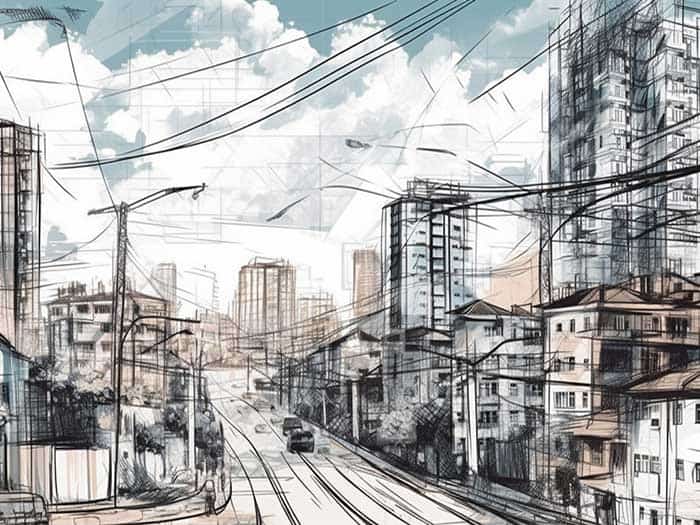


This 2025 National Brownfields Training Conference workshop will identify and describe various brownfield capital sources ranging from brownfield-specific funding to traditional redevelopment financing. Many brownfield projects require multiple capital sources to succeed; the more difficult the project, the more needed capital sources. A deeper dive will show how sources can integrate and be stacked, used sequentially for the various stages of redevelopment, and combined with private investment.
This workshop offers more than just a list of capital sources. Capital sources will be described and presented in a “generic” matrix showing the stack and sequence possibilities in the first half. Then, in the second half of the workshop, we’ll collectively work through Stack & Sequence project scenarios to demonstrate the wide range of possibilities for brownfield redevelopment funding/financing programs.
This SCS workshop accommodates individual sites and broad areas in urban and rural scenarios. Public agencies and non-profits will benefit by learning how to best promote redevelopment through utilizing multiple capital sources. Additionally, practitioners will gain insights, tools, and strategies for working with developers and investors and cultivating successful public-private partnerships that support communities’ neighborhood revitalization goals.
 Eric Williams of SCS Engineers presents this Brownfields University pre-conference training event designed to provide a curriculum of core brownfields concepts and practices before the full educational program content. Eric will be providing his “Stack & Sequence – Strategically Using Multiple Sources of Brownfields Funding” training module, a popular session and the subject of multiple papers and presentations.
Eric Williams of SCS Engineers presents this Brownfields University pre-conference training event designed to provide a curriculum of core brownfields concepts and practices before the full educational program content. Eric will be providing his “Stack & Sequence – Strategically Using Multiple Sources of Brownfields Funding” training module, a popular session and the subject of multiple papers and presentations.
Learn more about the 2025 National Brownfields Conference and brownfields funding:
Landfill operators are making significant investments developing comprehensive lining systems to protect human health and the environment. These lining systems are normally equipped with drainage layers to convey leachate reaching the lining system to collection pipes and sumps for removal from the landfill. Landfill operators are also heavily investing in collecting and removing landfill gas for disposal or conversion to renewable energy.
After three decades of experience with these systems, landfill liquids may still accumulate in some gas wells adversely impacting gas removal efficiencies. In these situations installing a pneumatic submersible pump in the gas well to lower the liquid head in the well, restoring gas removal efficiencies is standard practice. However, this remediation technique requires additional capital investment.
An Alternative Solution Exists
A more recent alternative, constructing vertical drains from the bottom up where gas wells are located, may be a better solution. Construction of a vertical drain/gas well begins by constructing a gravel pad at the bottom of the landfill after completion of the lining system and placement of the protective soil cover over the lining system. The gravel pad may be 15 ft. by 15 ft. in lateral dimensions by 10 ft. in height. Gravel pads are normally constructed where future vertical wells are planned to be drilled. The center of each pad is surveyed, and the information is used to locate future gas wells at some vertical distance above waste that is placed in the new cell over time. The gas well drilling continues until it reaches the gravel pad at the bottom of the landfill. The connection between the gas well gravel pack and the gravel pad at the bottom makes it possible for landfill liquids to flow down and drain directly into the leachate collection system below the gas well.
Vertical drains help landfill liquids reaching the gas well gravel pack to flow to the leachate collection system at the bottom of the landfill; thus preventing watering out the gas wells. This sustainable alternative keeps gas production efficient and is environmentally sound, requiring less capital investment.
About the Author: Dr. Ali Khatami
More information about Liquids Management and Landfill Engineering
Related Advice, Whitepapers, and Articles